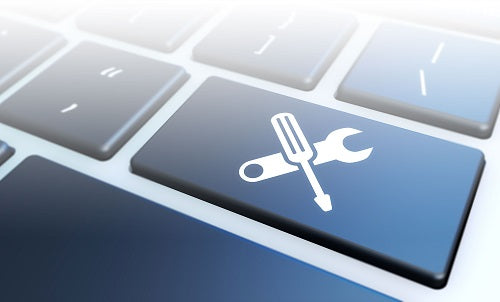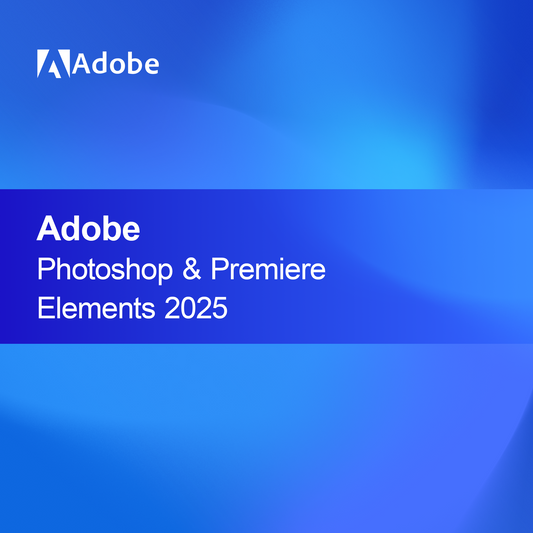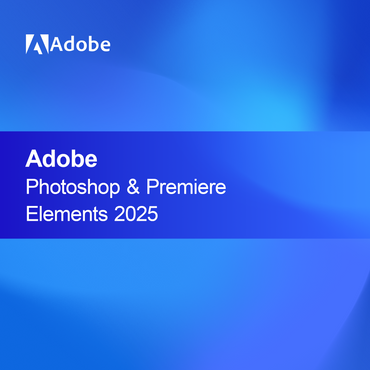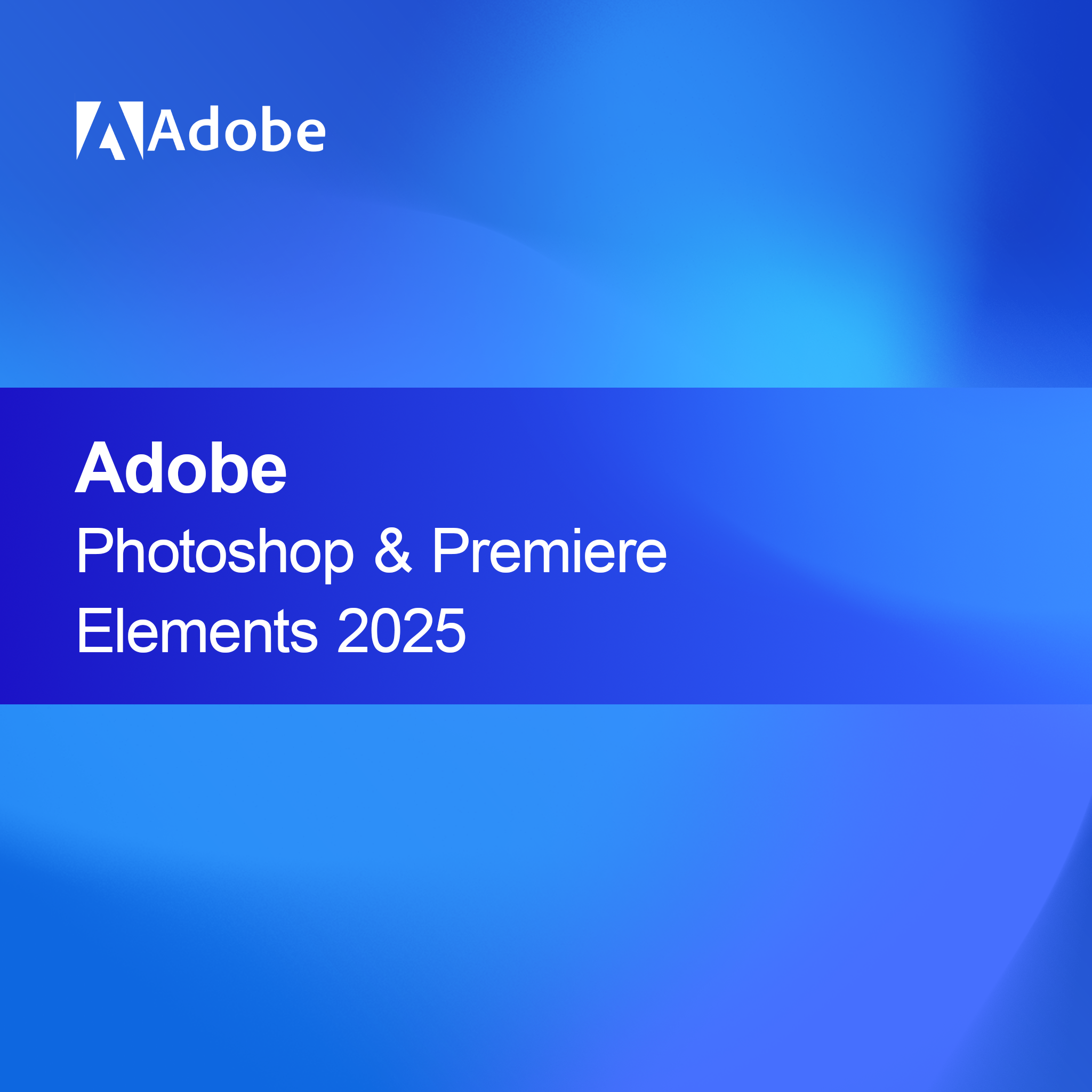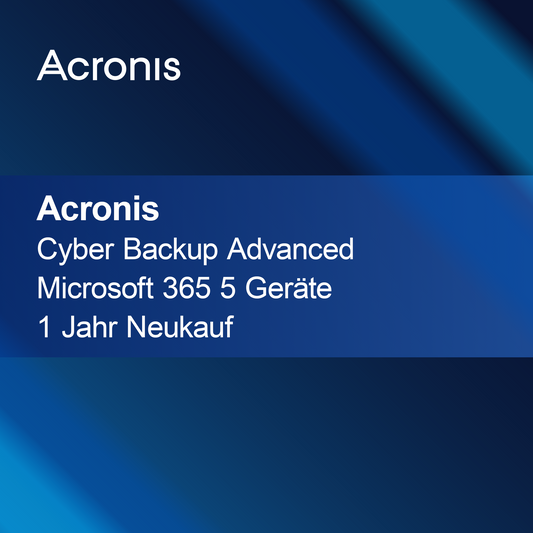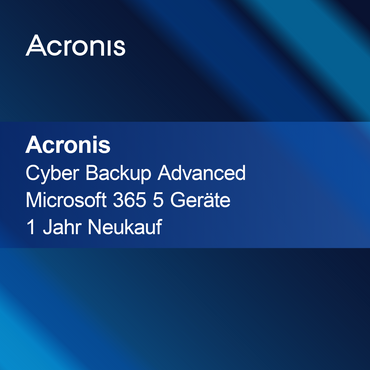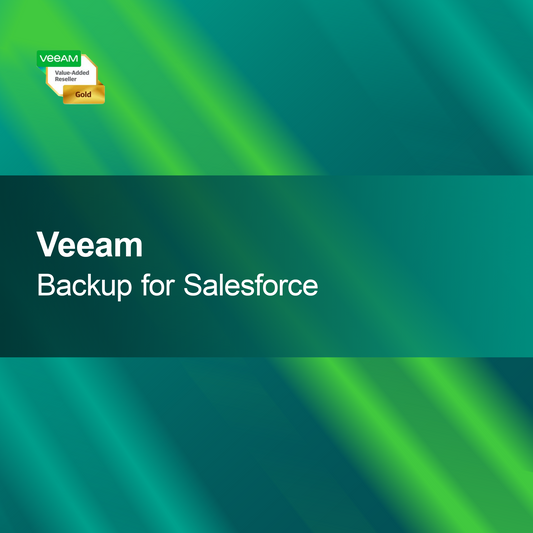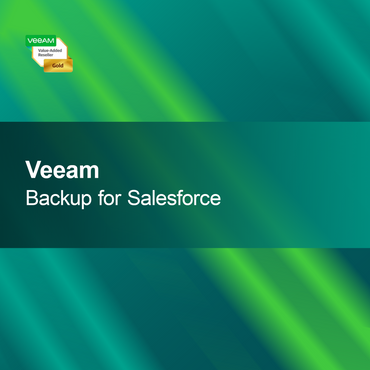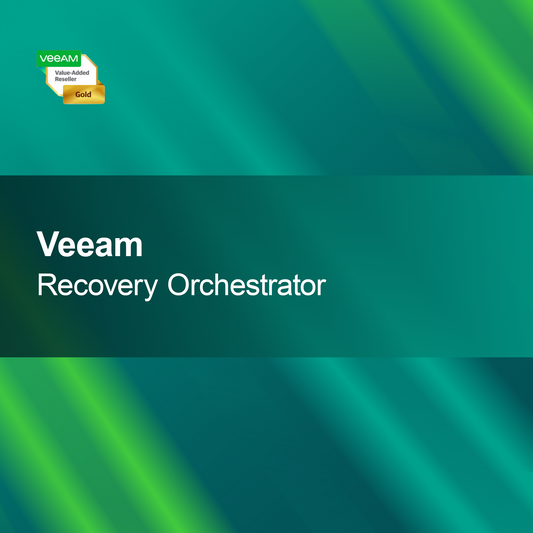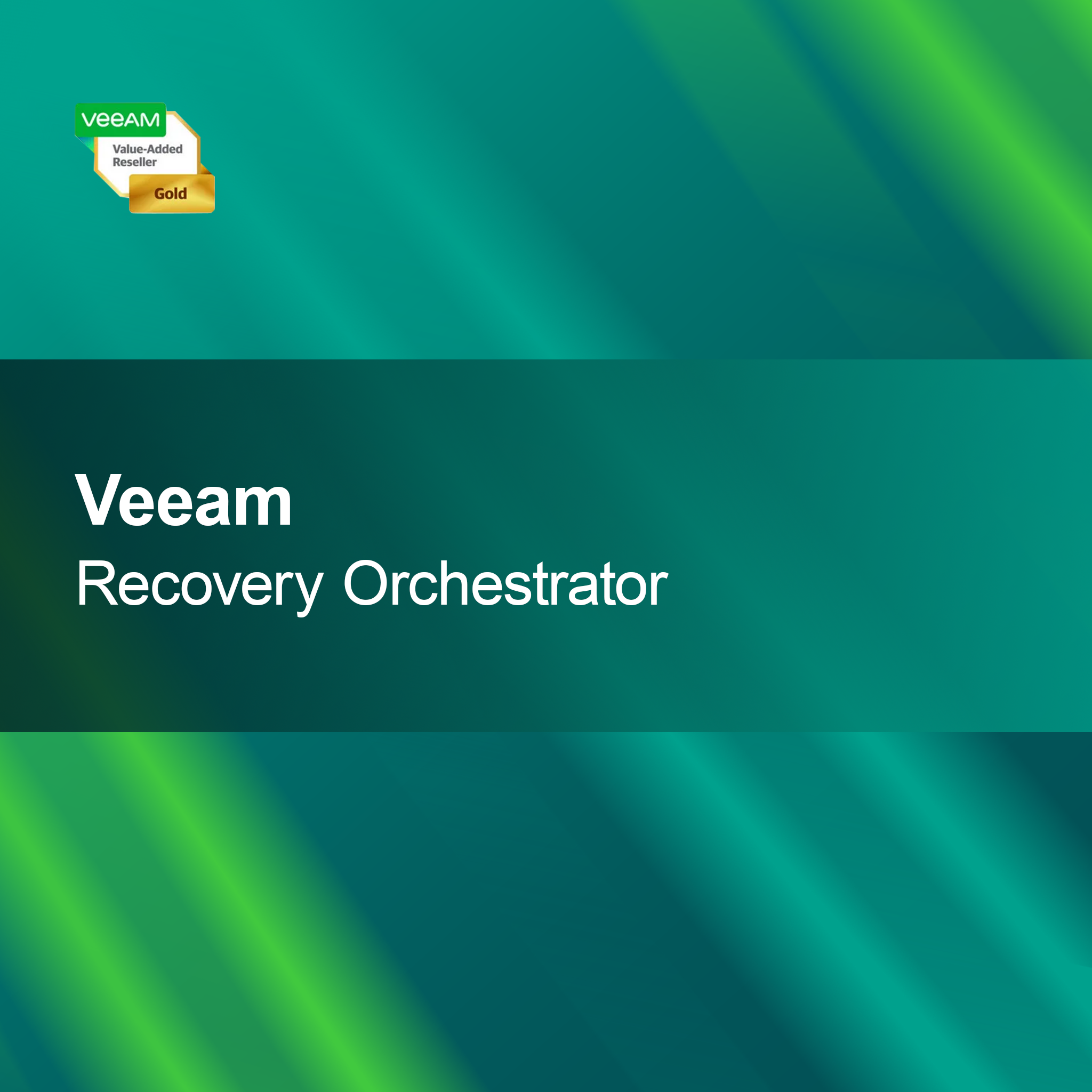-
Audials One 2025
Regular price €44,95Sale price €44,95 Regular priceUnit price perAudials One 2025 With Audials One 2025, you can easily record and stream your favorite music, movies, and series. Enjoy an enhanced entertainment experience thanks to...
-
Gilisoft AI Toolkit
Regular price From €31,95Sale price From €31,95 Regular priceUnit price perGilisoft AI Toolkit The Gilisoft AI Toolkit offers you a comprehensive collection of powerful tools that increase your productivity and allow you to effortlessly realize creative...
-
Adobe Photoshop & Premiere Elements 2025
Regular price From €99,95Sale price From €99,95 Regular priceUnit price perAdobe Photoshop & Premiere Elements 2025 With the license key for Adobe Photoshop & Premiere Elements 2025, you get a powerful solution for your photo and...
Media Management
What is media management and why is it important?
Media management refers to the organization, storage, and administration of digital content such as images, videos, audio files, and documents. Effective media management is crucial to keep track of large amounts of data and ensure that content is quickly and easily accessible. It helps to increase efficiency, promote collaboration, and ensure the quality of media content. In an increasingly digital world, well-structured media management is essential.
What features does media management software offer?
Media management software offers numerous features that help you organize your digital content effectively. These include the ability to categorize files, add metadata, use search functions, and manage permissions. These tools enable you to quickly find and share content, which improves team collaboration. Additionally, such programs can also ensure the quality and consistency of your media content.
What licensing models are available for media management software?
Various licensing models are available for media management software, including single-user licenses, team licenses, and enterprise licenses. Single-user licenses are ideal for individual users, while team licenses suit small to medium-sized groups. Enterprise licenses offer comprehensive features for large organizations needing a centralized media management solution. Choosing the right license model depends on your specific requirements and team size.
What should I consider when installing media management software?
When installing media management software, it is important to check the system requirements to ensure your computer can run the software smoothly. This includes the operating system, available storage space, and RAM requirements. It is recommended to close all other programs before installation to avoid potential conflicts. Careful installation helps ensure the software functions optimally and you can use all features.
- Categorization of media content for better organization
- Search functions for quick file retrieval
- Managing permissions for access to content
How do I activate my media management software?
Activation of your media management software usually occurs via a product key provided at purchase. After installation, you will be prompted to enter this key. It is advisable to keep the key safe, as it may be needed for future installations or updates. Successful activation grants you full access to all software features and ensures you receive the best possible performance.
How does modern media management software differ from older versions?
Modern media management software offers numerous improvements compared to older versions, including more user-friendly interfaces, enhanced features, and better integrations with other tools. Newer software solutions are often cloud-based, facilitating collaboration and access to content from various devices. However, if you do not need special features, older versions may be sufficient, especially for smaller projects or organizations.
What system requirements are needed for the media management software?
To successfully install media management software, your PC should have an up-to-date operating system that supports the software. Additionally, at least 4 GB of RAM and sufficient storage space are generally required to manage data efficiently. A good internet connection is also important, especially if the software is cloud-based. Check these requirements to ensure the software runs smoothly and you can use all features.
